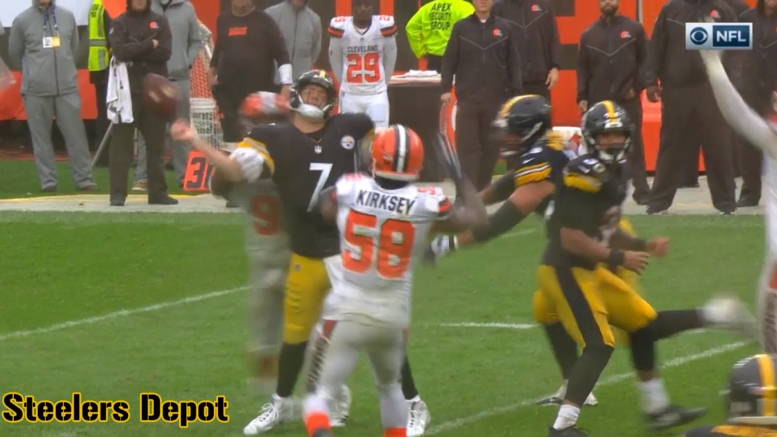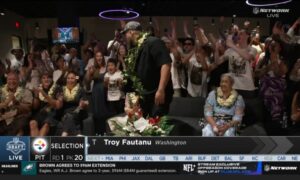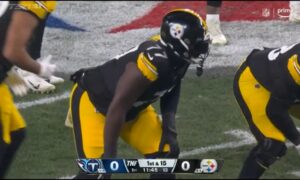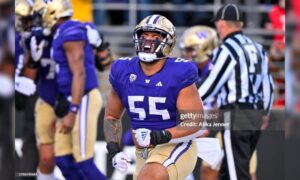Just a day after it was reported that the NFL made a subtle rule change to the lowering of the helmet rule, another penalty in the game looks to be in-line for more reinforcement this season.
According to ESPN’s Kevin Seifert, the National Football League has recently asked its officials to focus in more on illegal contact penalties in 2022 in comparison to the 2021 season. Per the NFL Rulebook, illegal contact is defined as prohibited contact by a defender when the quarterback still has the ball in the pocket. This contact is a five-yard penalty against the defense and results in an automatic first down for the opposing offense.
On average, illegal contact was called 97 times from 2002 to 2020 according to Seifert, but the penalty saw a substantial drop last season, only being called 36 times by NFL officials. Due to the drop in flags thrown on this particular call and the increasing emphasis put on protecting the quarterback position, the league has subsequently put more of an emphasis to acting 2022 officials to seek out plays where defenders hit the opposing QB while holding onto the football with more forceable contact than what is deemed necessary by the official calling the game.
Based on a recent poll conducted by ESPN to league executives and staff, the group was split as to whether the change of wording of illegal contact would result in a spike of penalty flags compared to previous seasons. Given the increased focus on official crews to keep an eye out for this penalty in general in 2022, it can be assumed that the number of illegal contact penalties called this season will far exceed the 2021 total of 36, and likely increase back to the yearly average.
Much like the lowering of the helmet rule, which was recently revised, the illegal contact penalty focus brought forth by the league is meant to make the game safer for the game’s most important position: quarterback. On top of this, the increased focus of the rule will likely lessen the amount of gray area in terms of whether a flag should be thrown, giving officials more assurance to make the call on the field knowing that are backed by the league’s mandate to enforce the penalty.
While the increased enforcement of the rule should help QBs take more unnecessary punishment, it makes the defense’s job that much harder to play within the rules of the game, minimizing the room for error that much more in terms of what can be a legal hit and what will draw a penalty.








